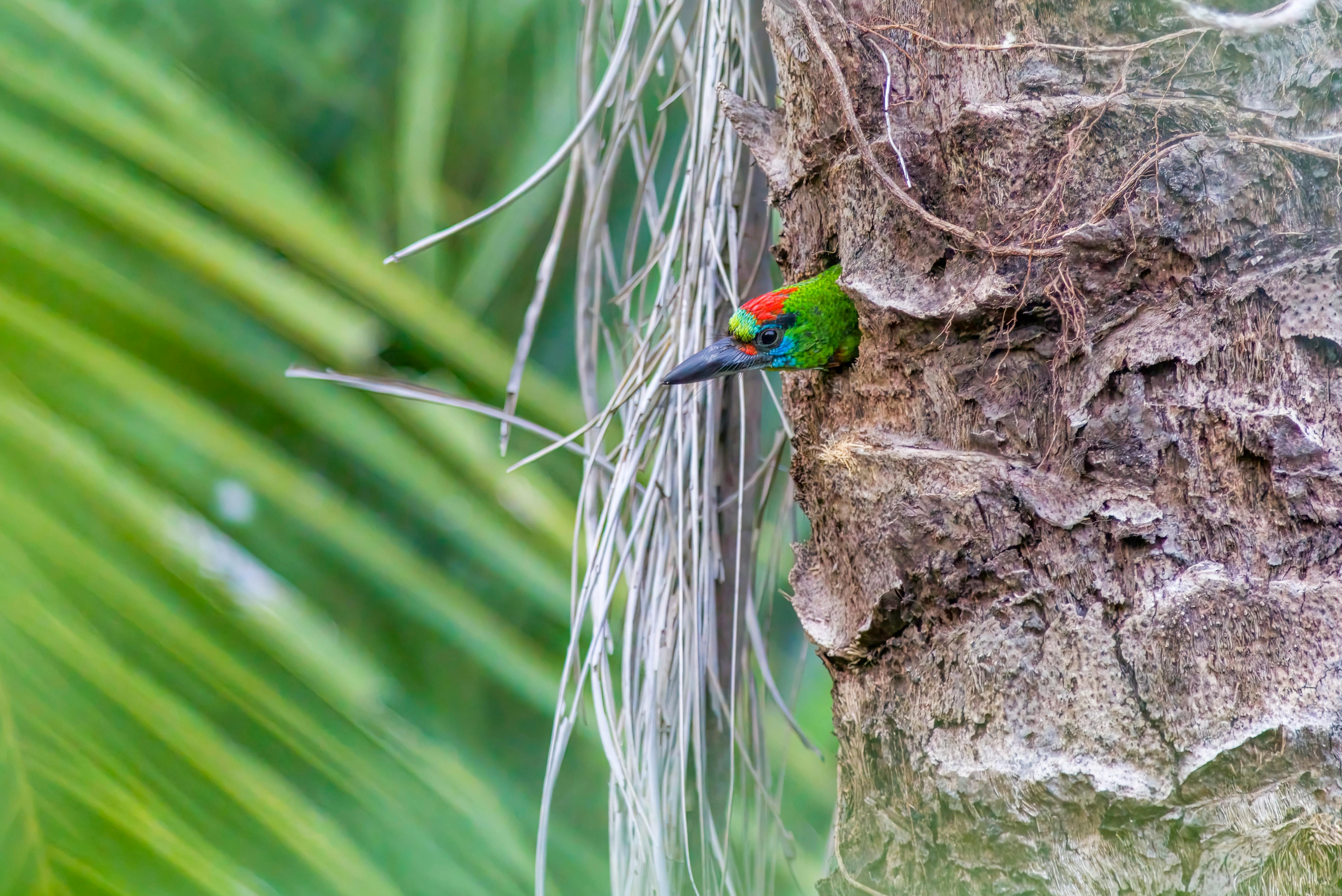
Smart Guide to Types of Guppies: Discover 7 Colorful Varieties for Your Aquarium in 2025!
Guppies are among the most popular freshwater fish for home aquariums, not just because of their lively behavior, but also due to their stunning colors and varieties. Known scientifically as Poecilia reticulata, these livebearer fish offer a delightful experience for both novice and experienced aquarists. In this guide, we will explore seven fascinating varieties of guppies that can add vibrancy to your aquarium environment in 2025.
Each guppy species boasts unique traits, whether it’s their vivid colors, patterns, or fin structures. Understanding these differences will not only help you appreciate their beauty but also contribute to your success in guppy breeding and care. You will learn about essential aspects including guppy habitat requirements, dietary needs, and behavior characteristics to create a thriving environment for these ornamental fish.
Here’s an overview of what this guide covers:
- Overview of guppy types and their characteristics
- Detailed insights into seven colorful guppy varieties
- Care tips, breeding practices, and compatibility with other aquarium fish
- Guppy health issues and maintenance strategies

Essential Characteristics of Popular Guppy Varieties
Before diving into specific guppy types, it's vital to understand the general characteristics that define these enthusiastic fish. Guppies exhibit a variety of colors and patterns that make them a favorite among fish enthusiasts. Their small size, usually ranging from 1 to 2.5 inches, makes them suitable for community tanks.
Guppies are known for their adaptability and survivability in varied water conditions. They thrive in a range of water parameters, which is essential when setting up their habitat in your aquarium. Furthermore, guppies exhibit interesting social behaviors, often schooling and displaying vibrant colors during mating rituals.
To enhance your guppy care, here are some of their key characteristics:
- Color Variants: Guppies come in countless color patterns including hues of blue, green, red, and yellow.
- Fin Configurations: You can find guppies with different fin types, such as shortfin, longfin, and fancy tails.
- Breeding Traits: Understanding their genetics
will allow you to breed specific traits, ensuring your guppies maintain desirable characteristics.
With a solid foundation of their characteristics, let's explore seven stunning guppy varieties that can transform your aquarium into a lively spectacle.
Discovering 7 Stunning Guppy Varieties
1. Rainbow Guppies
The Rainbow Guppy is a stunning example of the beauty of guppies. This variety features vibrant, multi-colored bodies that can range from bright blue to striking red. Due to their colorful appearance, they are often a favorite among aquarium enthusiasts.
These fish are ideal for breeding, as they tend to produce fry that inherit their colorful traits. When setting up a tank for Rainbow Guppies, consider keeping them in groups to stimulate their vibrant colors and promote their active behavior.
2. Koi Guppies
Named for their resemblance to Koi fish, Koi Guppies exhibit a unique combination of colors and patterns, typically displaying white, orange, and black hues. These guppies are prized for their aesthetic appeal and can significantly enhance the visual aspect of a community tank.
Providing a lush environment with plenty of plants will allow Koi Guppies to thrive, as they prefer places to hide and explore. Moreover, their playful nature makes them excellent tank mates for other small fish.
3. Platinum Guppies
Platinum Guppies are known for their iridescent bodies, which shimmer beautifully under aquarium lighting. This variety has gained popularity due to its striking appearance and relatively gentle disposition.
When caring for Platinum Guppies, it's crucial to maintain stable water conditions as they can be sensitive to drastic changes. Regular water testing and quality filtration will ensure their longevity and health.
4. Tuxedo Guppies
Tuxedo Guppies feature a distinct color pattern resembling a formal tuxedo suit with a dark top half and a lighter lower half. This unique look makes them a fun and elegant addition to any aquarium.
These guppies can be bred easily, resulting in fry that may inherit the iconic coloring. Ensure their tank has ample swimming space and plenty of hiding spots to keep them comfortable and healthy.
5. Mosaic Guppies
Mosaic Guppies are distinctive for their unique scale patterns that resemble a mosaic artwork. These varieties come in various bright colors, making them a vibrant addition to any fish collection.
Due to their striking appearance, they are often bred for specific patterns. Regular monitoring of their growth and health is essential to ensure optimal development.
6. Snake Skin Guppies
These guppies display a beautiful scale pattern resembling a snake’s skin, which adds an artistic element to your aquarium. Snake Skin Guppies come in various base colors, providing a stunning contrast in well-planted tanks.
Maintaining stable water parameters is essential for their health, as fluctuations can affect their unique patterns. Consider feeding them a balanced diet rich in nutrients for optimal coloration and growth.
7. Cobra Guppies
Cobra Guppies are known for their striking patterns resembling snake scales, typically featuring vibrant backgrounds. The blend of colors often includes shades of orange, green, and blue, making them visually appealing.
These guppies thrive in community tanks; however, it's crucial to provide the right tank mates to minimize stress and improve their overall behavior.

Effective Breeding Techniques for Guppies
Breeding guppies can be a rewarding experience and is an excellent way to share the beauty of this species. Understanding the breeding process is important for maintaining healthy populations of your guppies.
The reproductive cycle begins when the male guppies display their vibrant colors to attract females. Following successful mating, female guppies can give birth to numerous fry, making proper guppy fry care essential.
Key points to consider include:
- Breeding Ratios: A good ratio is one male to two or three females to prevent stress on the females.
- Nurturing Fry: Use a nursery or separate tank for newborns to protect them from larger fish.
- Water Conditions: Consistent water quality is crucial for fry survival and growth.
Moreover, feeding them a specialized diet will aid in their growth and health, promoting a stable guppy population within your aquarium.
Ensuring Optimal Guppy Health and Maintenance
With stunning varieties and rewarding breeding practices, ensuring the health and well-being of your guppies is paramount. Regular maintenance and monitoring of their environment can prevent diseases and ensure vibrant lives.
Here are some key maintenance tips:
- Regular Tank Cleaning: Consistent water changes and tank cleaning will prevent algae buildup and harmful bacteria.
- Feeding Schedule: Feed your guppies a balanced diet consisting of high-quality flake food, frozen, and live foods to enhance their color and health.
- Health Monitoring: Keep an eye out for signs of distress or illness, which can include changes in behavior, discoloration, or lethargy.
By committing to diligent care and attention, your guppies will thrive and continue to fill your aquarium with color and life.
Frequently Asked Questions About Guppies
1. What Do Guppies Eat?
Guppies are omnivorous and thrive on a balanced diet of high-quality flakes, pellets, and occasional treats like brine shrimp or bloodworms. This diet ensures healthy growth and enhances their vibrant colors.
2. Can Guppies Live With Other Fish?
Yes, guppies can coexist peacefully with various species. However, it’s best to choose small, non-aggressive tank mates. Recommended options include neon tetras and other small livebearers.
3. How Often Should I Change Their Water?
It is advisable to change 10-15% of the water weekly to maintain good water quality. Regular water changes help prevent the buildup of toxins and ensure a healthy environment for your guppies.
4. What Size Tank Is Best for Guppies?
A minimum of a 10-gallon tank is recommended for a small group of guppies. Larger tanks will provide ample swimming space and allow for better water quality management.
5. How Can I Tell the Gender of My Guppies?
Male guppies are typically smaller, have brighter colors, and display more prominent fins than females. Additionally, males possess a gonopodium, which is a modified fin used during mating, while females are larger and more rounded. This physical difference is a key indicator when identifying their gender.
With a deeper understanding of guppy varieties and their care requirements, you can confidently embark on your journey into the colorful world of aquaculture. For further insights and products related to guppies, be sure to visit this article and explore more.